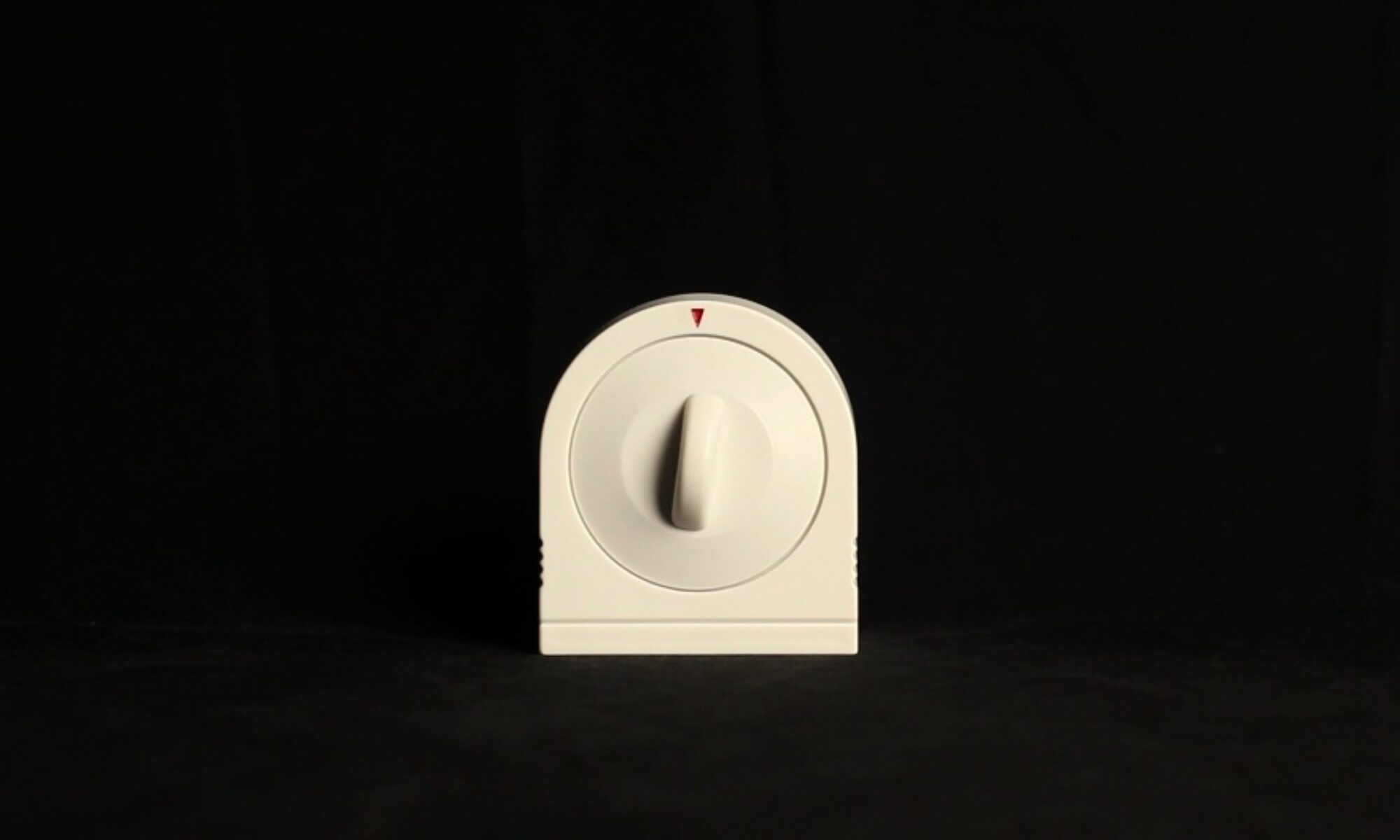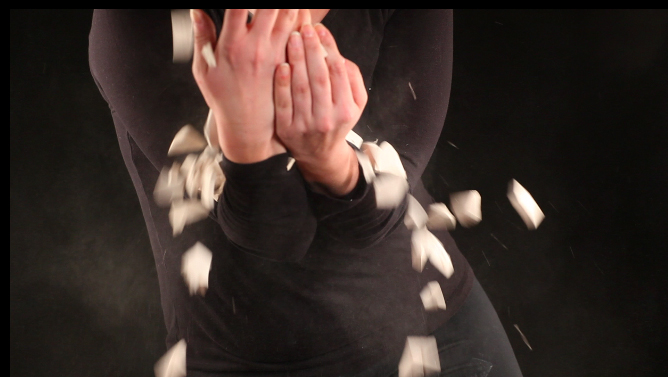Learning How to Build, HD video, 5:41 minutes, 2011.
Learning How To Build speaks directly to how our pre-processed knowledge and willingness to participate help our ability to learn new information. This video screen is divided into four; participants sit at a table, colorful blocks in front of them. A computerized voice gives step-by-step instructions on how the participant should build. Viewers watch as the participants struggle. The grid format forces us to compare the participants. Who is doing “better”? Who is building the “correct” structure? Who has given up? 28 people cycle through the building process, with a diversity in age, ethnicity and learning styles. No two buildings looked alike.
What Did You Mean to Say?, HD video, 4:45 minutes, 2022.
This piece is for anyone that struggles with the English language. I realized since words do not make sense to me with my disability, I love idioms for their visual representation. I used them all the time and as I started teaching and working with people from all over the world where English is not their first language, as well as, (D)deaf and hard-of-hearing communities, and people with Autism Spectrum Disorder I realized my use of idioms was a challenge by the very puzzled looks on their faces. When I really translated these sayings, of ridiculousness, it inspired me to visually represent them in this humorous body of work.
Lasting Impermanence, HD video, 5:09 minutes, 2021.
How long can something last made of ice? Is it still lasting as it is melting since it spells out the word? Is it lasting since it has been documented? How long does any moment last, a season, this single interaction, a conversation? This video is Lasting made of Ice spelling out the word lasting on a black background. Slowly we see the drops of water fall from the letters and cut to black. The letter reappears to continue to melt and fall until ING, the action part of the verb, is the only part of the word left until it is not.
2 Minutes, HD video, 3:09 minutes 2010.
2 Minutes presents us with a black screen occupied by one white, ticking object. Our previous knowledge informs us the object is an oven timer but the notches and numbers are missing. The object clicks as if it were keeping time and the dial moves, causing a shadow to rotate like a sundial around its empty face. A bell sounds from the timer but the object continues to tick. Was that two minutes? This piece questions our relationship to objects around us- we use objects to assume a truth in measurement. How can we trust the information provided is correct?
Metacognition, HD video, 2:01 minutes, 2011.
This video opens with a pair of hands struggling to spell out a large word-Metacognition, transitions to a figure standing directly in the frame and posture ready. Tiles fall slowly. Each delicate ceramic piece has a letter imprinted into it. Some pieces are caught while others fall to the floor and break. The tiles fall faster. Information is knocked out of the hands and replaced with new information. The tiles stop falling and the dust settles. We see the figure holding the lettered tiles. Just a few have remained in hand. Are there enough tiles left to understand the message?

